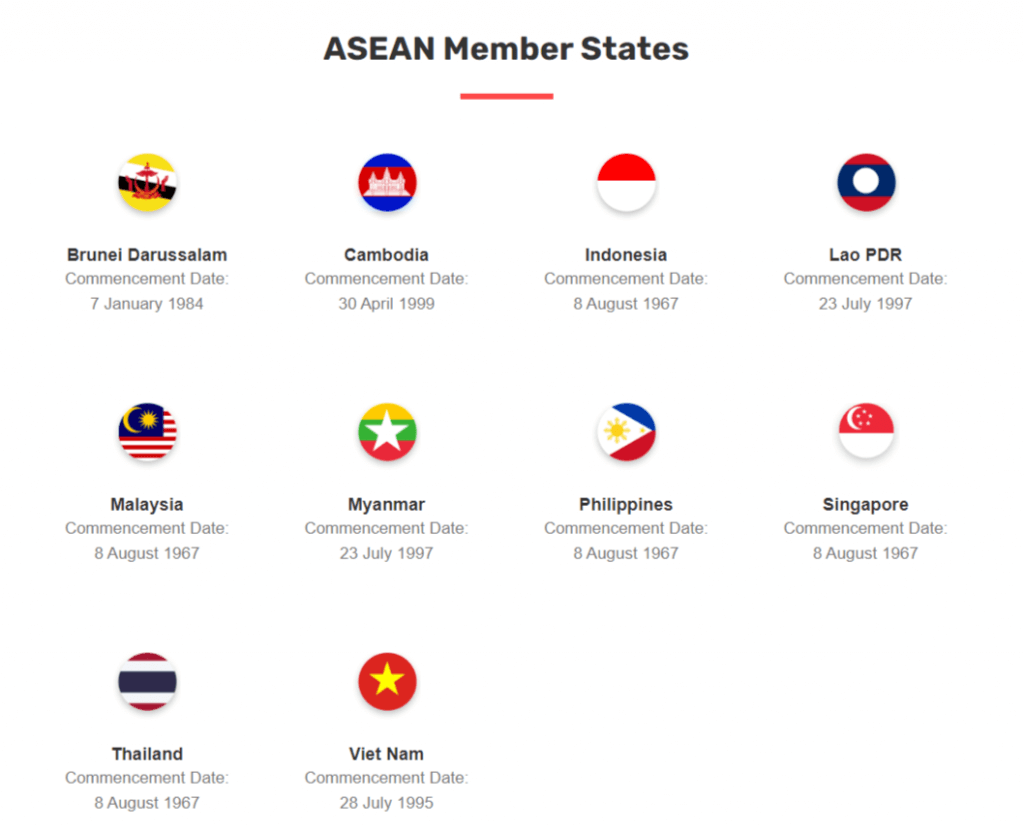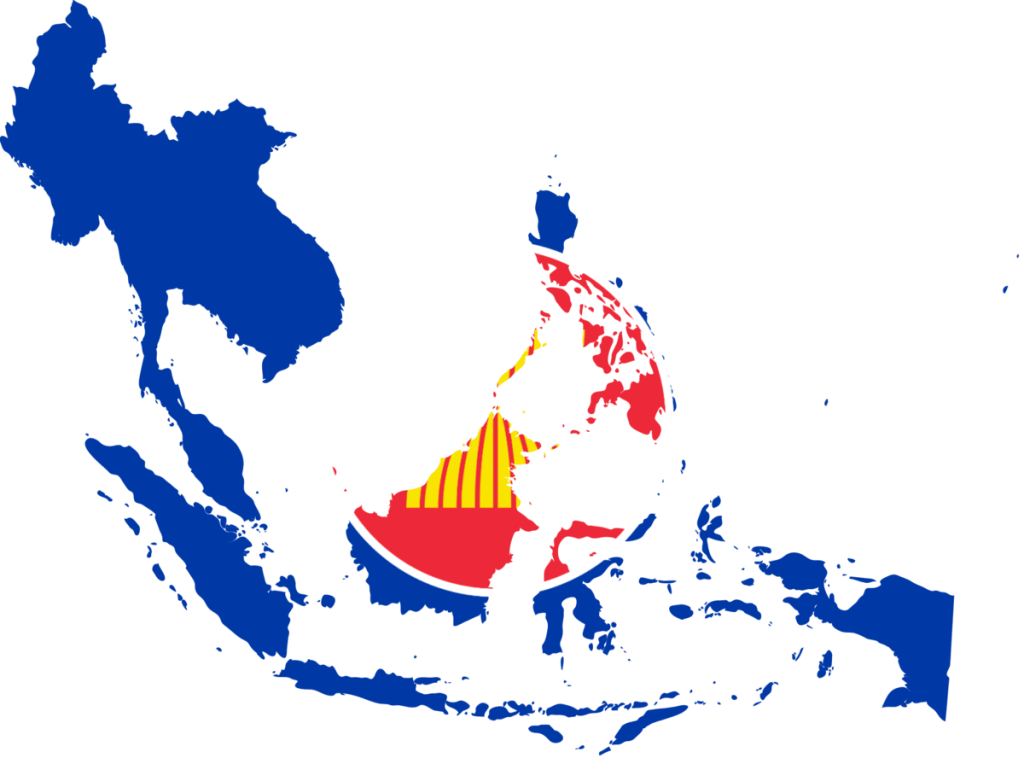In 1992, the countries forming the ASEAN agreed on the creation of a free-trade agreement to foster economic integration between their members. The ASEAN free-trade agreement (AFTA) has
3 main points: to bolster the creation of a single market, to attract foreign direct investment and foster intra-ASEAN trade. This could be achieved through the incremental reduction and elimination of tariffs between members. The Common Effective Preferential Tariffs (CEPT) scheme was implemented to achieve the goals. During the 1997 Asian Financial Crisis, this initiative proved to be a solution to stimulate the member-states economies. Fewer tariffs enhancing trade and overall exchange in the region was one of the factors that helped recover together and tied the ASEAN members closer.
The next step for ASEAN was the implementation of a more integrated framework, the ASEAN Economic Community or AEC. The AEC’s direction pushed for the free movement of goods, services, investment, and skilled laborr and to have a freer flow of capital. On the point of freedom of movement, the ASEAN resembles what the European Union (EU) was at an earlier stage. The difference is that the 1992 Maastricht treaty included the
free movement of the people no matter their skills and the free movement of capital as well. Therefore, the ASEAN is blatantly more turned towards economic partnership than comprehensive integration.
On the other hand, we can compare ASEAN to the newly formed USMCA - the direct inheritor of the North America Free Trade Agreement or NAFTA.
“The new United States-Mexico-Canada Agreement (USMCA) will support mutually beneficial trade leading to freer markets, fairer trade, and robust economic growth in North America.” Whereas we saw that ASEAN brought a common agenda to Southeast Asian Countries and is perceived as the ‘Southeast Asian’ block now, the USMCA only serves economic goals led by the US agenda. In the case of ASEAN, a common agenda of peacekeeping in the region through necessary communication, cooperation and mutual policy endorsement make the ASEAN more political. In fact, ASEAN comprises more members with widely different cultures, religions and customs that need to cooperate to have weight on the international scene.
Thus, the challenge for ASEAN to draw near its members is greater and implies the creation of shared interests. Among several others, we can cite global development, not being subsumed under neighbors such as China and India, containing the influence of the US or the settlement of intra-ASEAN members disputes such as sovereignty over natural resources and territory.


